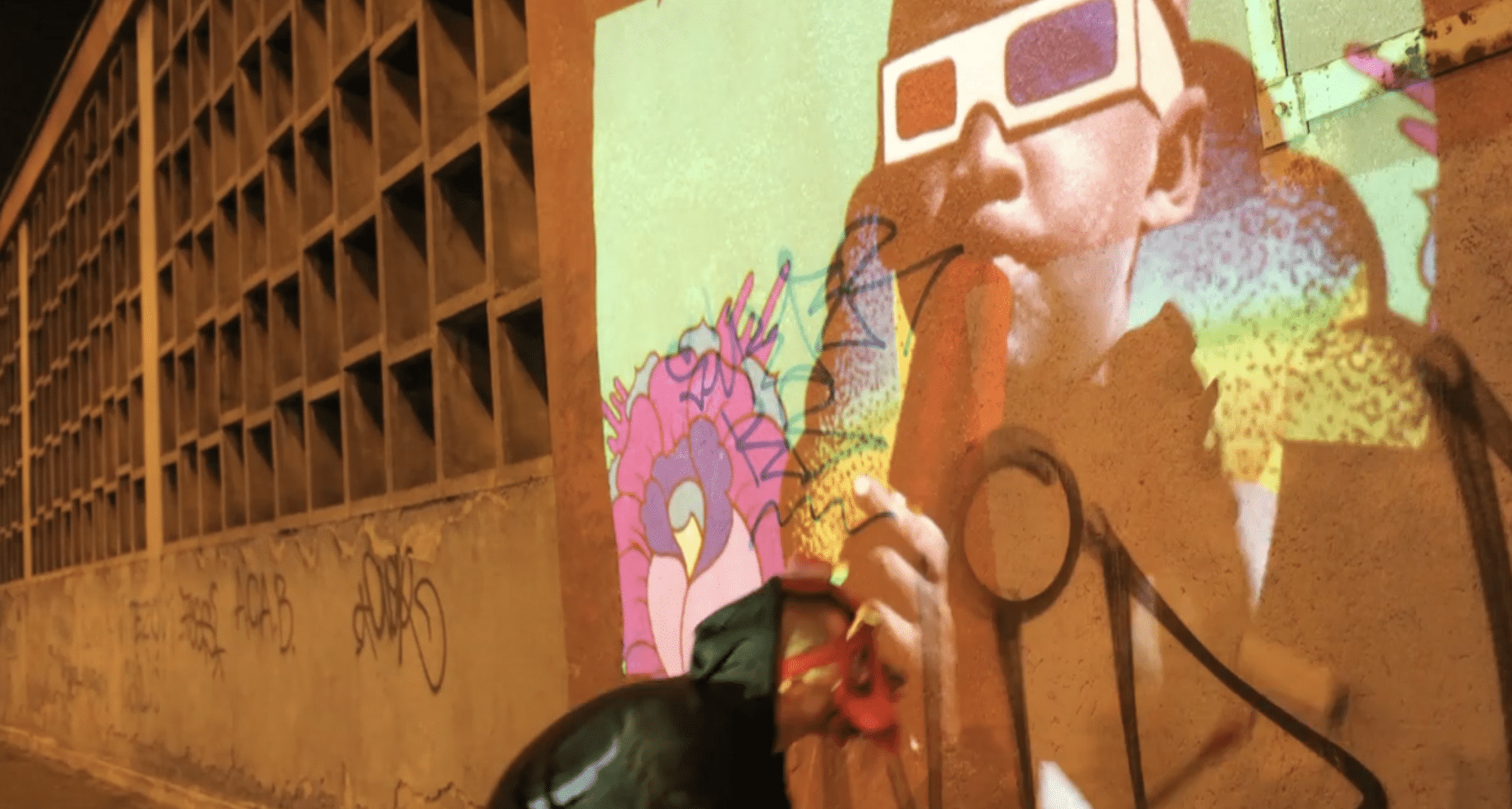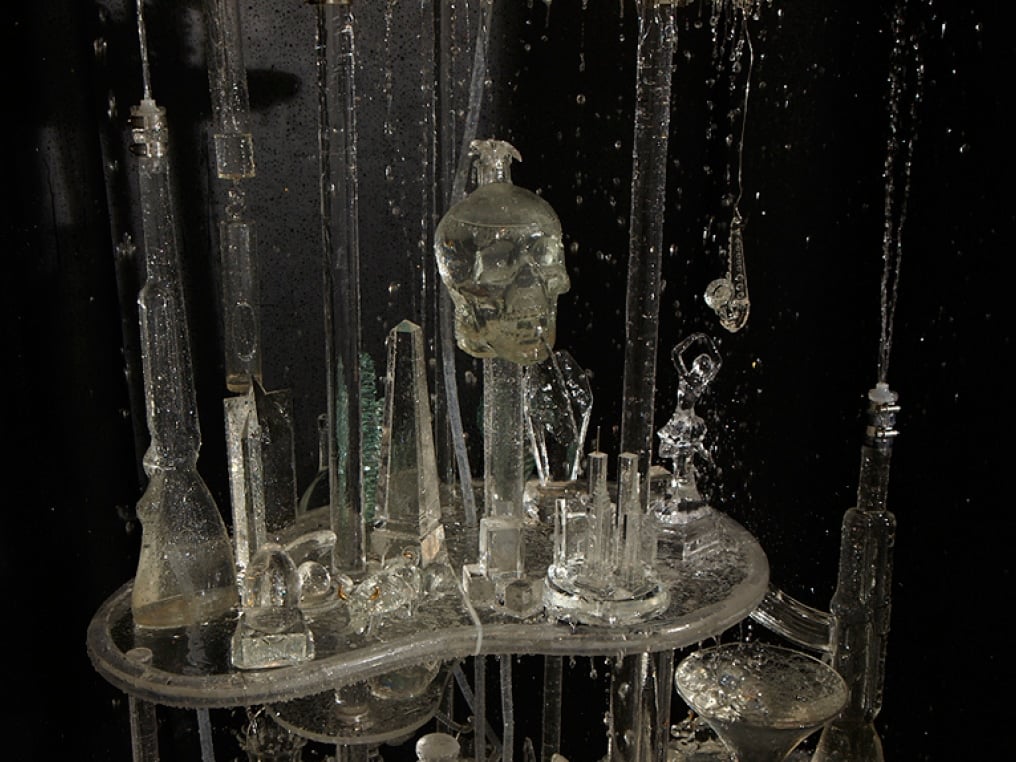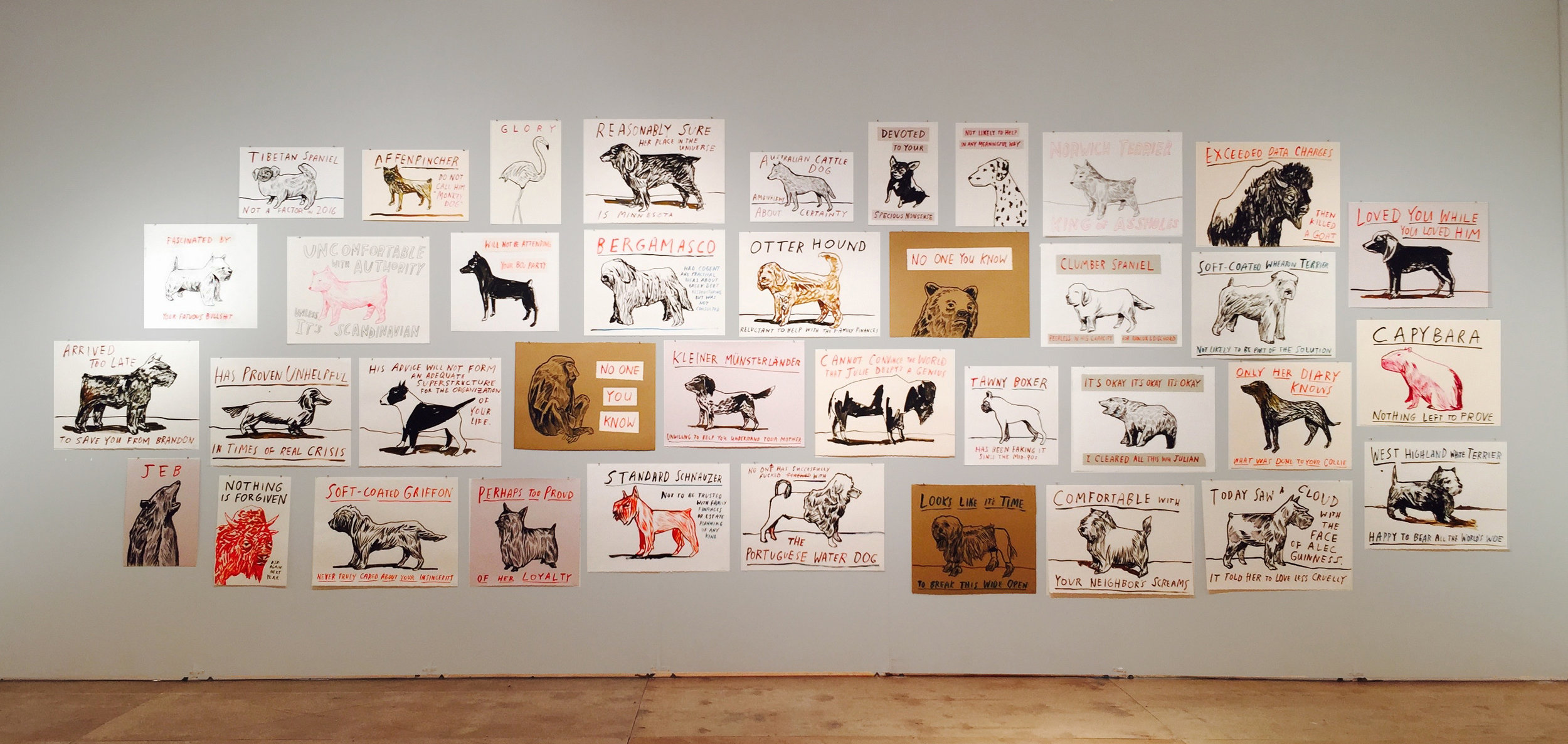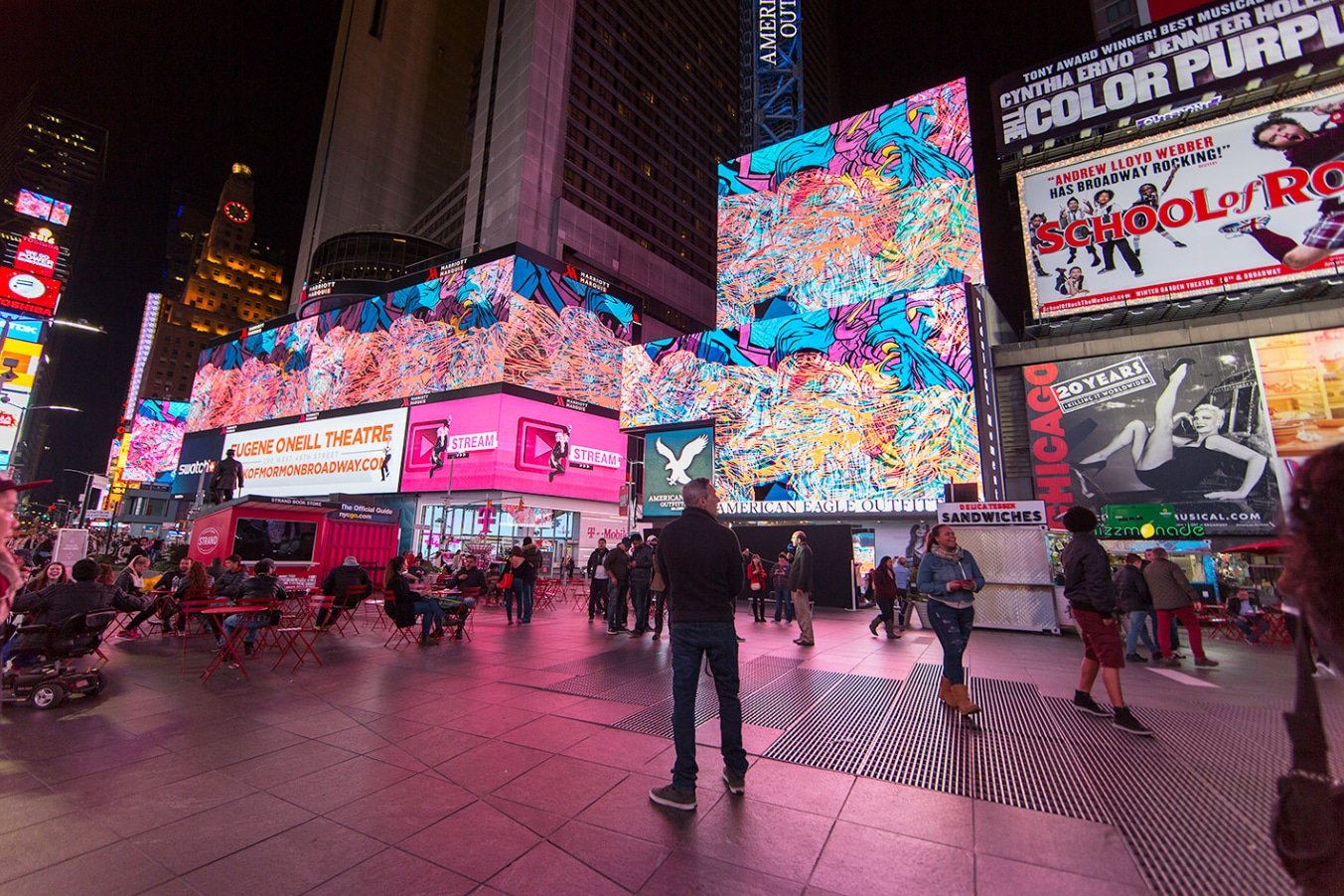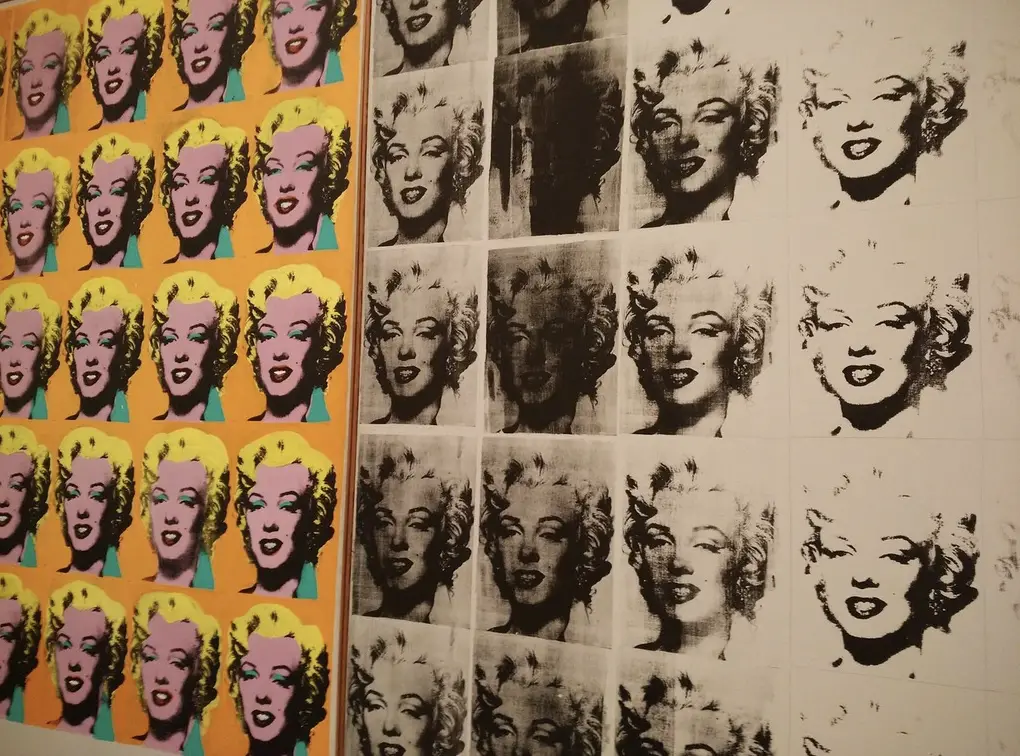The Evolution of Los Angeles Artists and Art Galleries: A Journey from the 1960s to Today
Los Angeles, often associated with the glitz and glamour of Hollywood, has also been a vibrant hub for the arts, nurturing and showcasing a diverse range of talents. From the 1960s to the present day, the city has witnessed a remarkable evolution in its art scene, with artists and art galleries playing pivotal roles in shaping its identity as a cultural powerhouse. In this article, we will explore the journey of Los Angeles artists and the influential art galleries that have contributed to their fame and recognition.
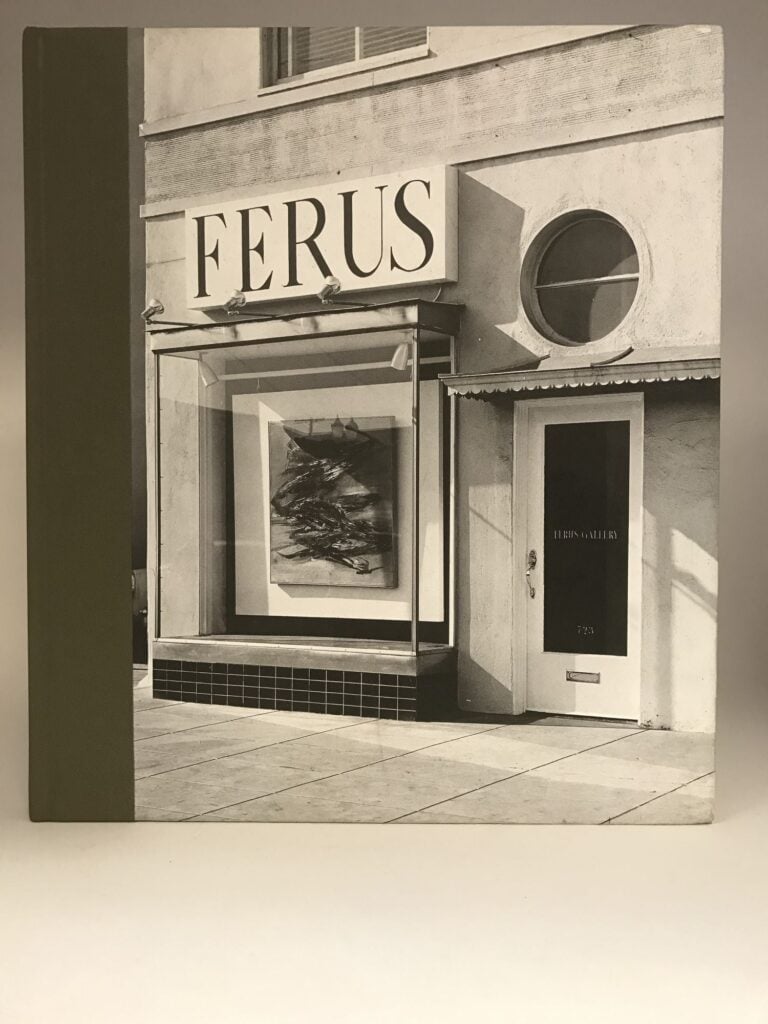
The 1960s: The Emergence of the Los Angeles Art Scene
The 1960s marked a pivotal moment in the history of the Los Angeles art scene. The city’s unique blend of creativity, cultural diversity, and its position as a burgeoning center of contemporary art laid the foundation for what was to come. Artists from various backgrounds converged on L.A., drawn by its openness to experimentation and the promise of artistic freedom.
Ferus Gallery: One of the earliest and most influential art galleries in Los Angeles during this era was the Ferus Gallery. Established in 1957 by Walter Hopps and Ed Kienholz, Ferus Gallery played a significant role in promoting the work of emerging artists. It was here that the likes of Ed Ruscha, Robert Irwin, and Ed Moses gained recognition for their innovative contributions to the art world. The gallery’s willingness to embrace unconventional art forms, such as pop art and minimalism, helped shape the trajectory of L.A.’s artistic landscape.
The 1970s: Artistic Experimentation and Cultural Identity
The 1970s brought a sense of artistic experimentation and a focus on cultural identity to the Los Angeles art scene. Artists began exploring themes related to the city’s unique multiculturalism, resulting in a diverse range of artistic expressions.
Los Angeles Contemporary Exhibitions (LACE): Founded in 1978, LACE became a vital platform for contemporary artists, particularly those who were interested in pushing boundaries and addressing socio-political issues. The gallery played host to artists like Judy Baca, David Hammons, and Gronk, who tackled themes related to race, identity, and urban life in Los Angeles.
The 1980s: Pop Culture, Street Art, and Subversion
The 1980s witnessed the rise of pop culture, street art, and a new wave of subversive artistic movements in Los Angeles. Artists began using unconventional materials and public spaces to express their creativity.
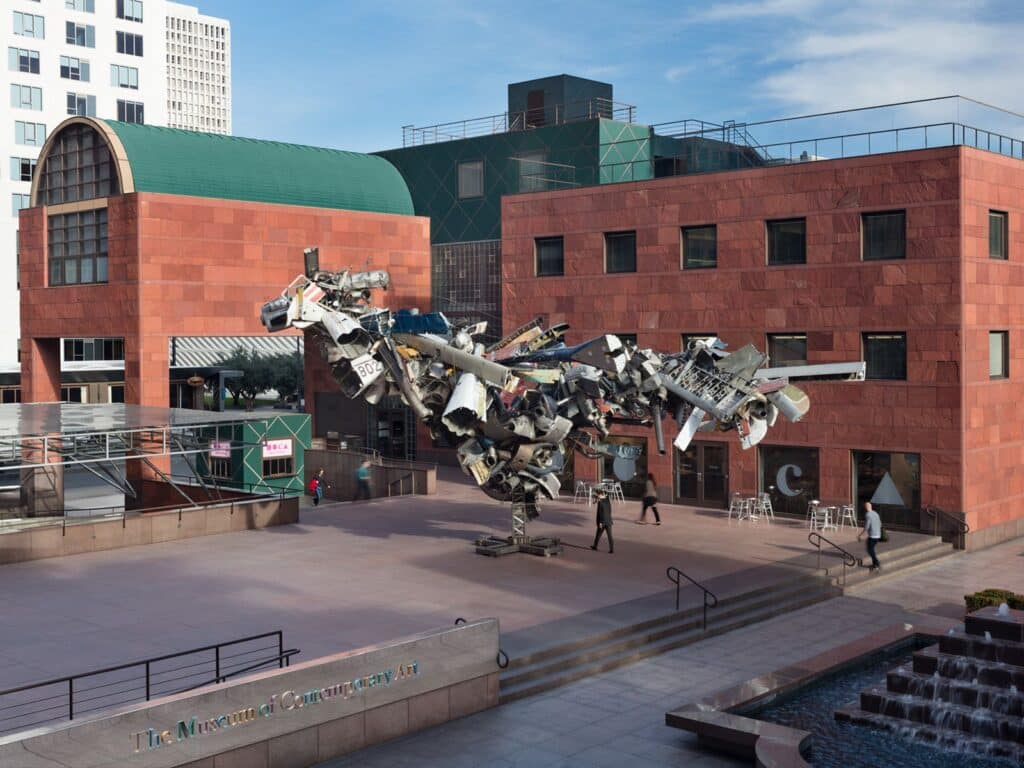
MOCA (Museum of Contemporary Art, Los Angeles): Although MOCA opened its doors in 1983 as a museum, it had a profound impact on the art scene in L.A. Its commitment to showcasing contemporary art, including works by artists like Basquiat and Haring, made it a central institution for both local and international artists. MOCA’s inclusive approach to art extended beyond its walls, as it actively supported public art projects that adorned the city’s streets, contributing to the proliferation of street art in Los Angeles.
The 1990s: Globalization and Technological Advancements
The 1990s marked a period of globalization and technological advancements that transformed the art world. Los Angeles artists found themselves navigating new opportunities and challenges in this evolving landscape.
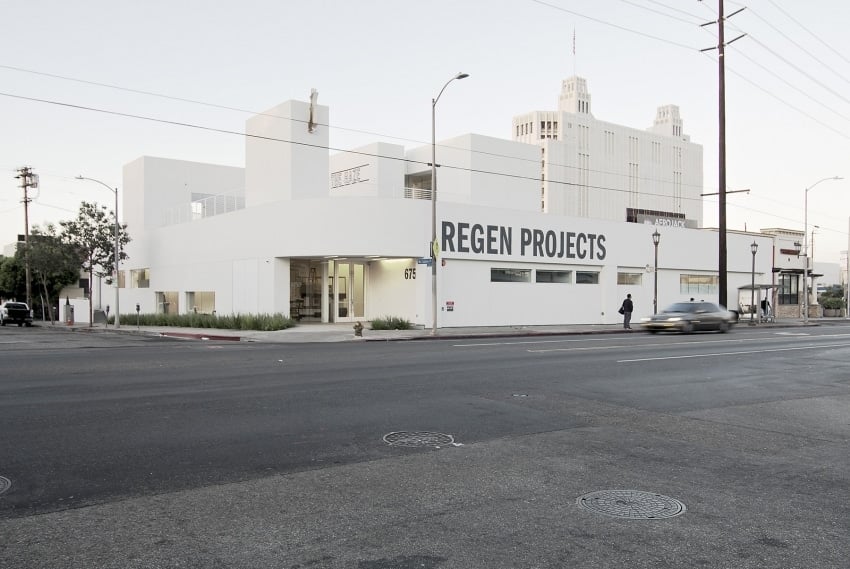
Regen Projects: Founded in 1989, Regen Projects became a prominent art gallery in Los Angeles during the 1990s. It represented artists like Catherine Opie, Raymond Pettibon, and Doug Aitken, who were exploring contemporary themes in photography, drawing, and multimedia art. The gallery’s embrace of interdisciplinary approaches mirrored the broader shift in the art world toward more diverse and multimedia forms of expression.
The 2000s: Contemporary Concepts and Cultural Diversity
As Los Angeles continued to grow and diversify in the 21st century, so did its art scene. The 2000s witnessed a resurgence of interest in contemporary concepts and an exploration of cultural diversity within the city’s artistic community.
The Hammer Museum: The Hammer Museum, affiliated with the University of California, Los Angeles (UCLA), played a significant role in promoting contemporary art during this period. Its exhibitions showcased a wide array of artistic voices, including local artists like Mark Bradford, whose innovative use of materials and exploration of societal issues garnered international acclaim.
The 2010s and Beyond: Global Recognition and Expanding Horizons
In the 2010s, Los Angeles artists continued to gain global recognition, with a focus on expanding horizons and addressing critical social and environmental issues through their work.
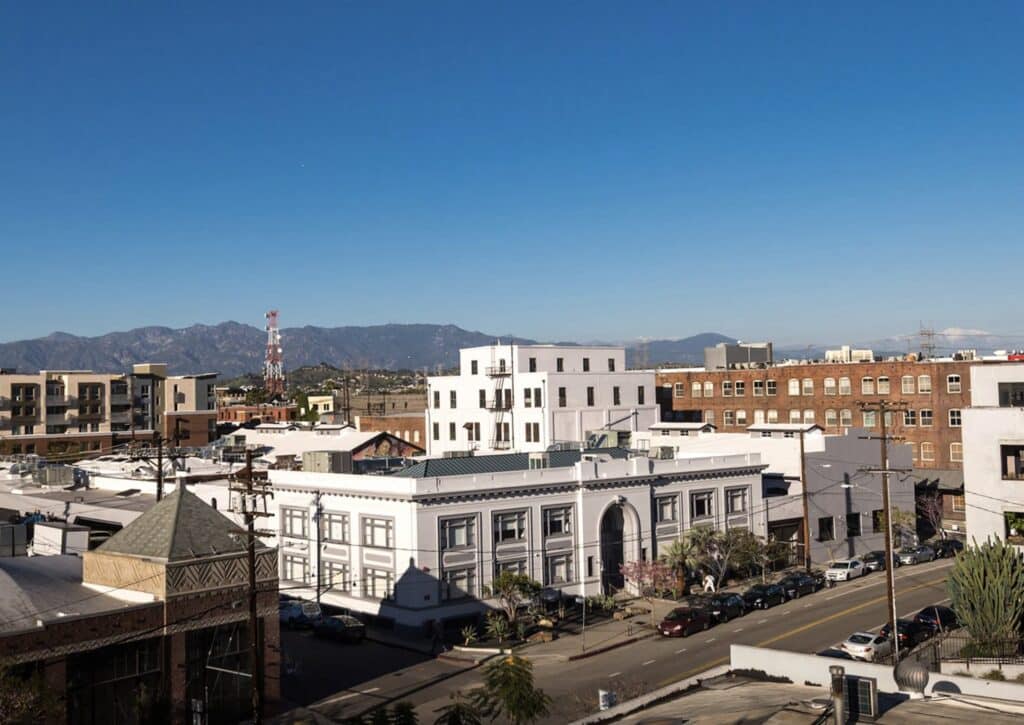
Hauser & Wirth: Hauser & Wirth, a globally renowned gallery with locations around the world, opened its Los Angeles branch in 2016. The gallery’s commitment to presenting contemporary and modern art has introduced Los Angeles artists to a broader international audience. Artists such as Paul McCarthy and Jenny Holzer have exhibited at Hauser & Wirth, further solidifying the city’s place on the global art stage.
A Continuously Evolving Artistic Ecosystem
From the 1960s to the present day, Los Angeles has evolved into a thriving hub for artists, supported by a network of influential art galleries that have nurtured and promoted their work. The city’s journey has been marked by a commitment to artistic freedom, cultural diversity, and an ever-expanding exploration of contemporary themes. As Los Angeles artists continue to push boundaries and challenge conventions, the city’s art galleries will undoubtedly play a vital role in shaping the future of the art industry in this dynamic metropolis. Los Angeles artists and art galleries have proven time and again that they are forces to be reckoned with, leaving an indelible mark on the global art landscape.

